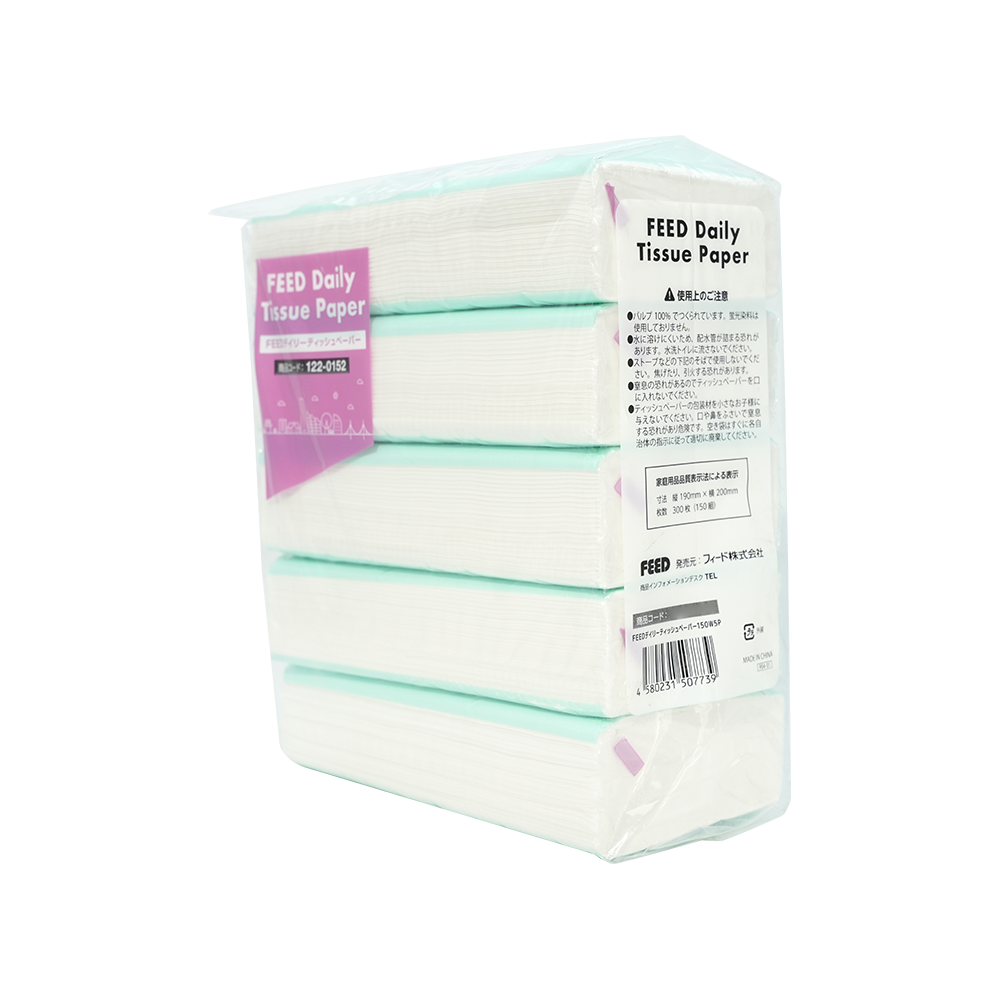Crafting Comfort: The Science of Facial Tissue Manufacturing and Safety
 2025.03.12
2025.03.12
 Industry News
Industry News
Facial tissue is more than just a household staple—it’s a marvel of modern manufacturing, blending precision engineering with rigorous quality control to deliver softness, hygiene, and reliability. Behind every sheet lies a complex process designed to balance performance with sustainability, ensuring that tissues remain gentle on skin while meeting global safety standards. Let’s unravel the intricate journey of how facial tissue is produced and the innovations shaping its future.
From Pulp to Product: The Art of Process Optimization
At the heart of facial tissue production is the challenge of transforming raw materials into a product that’s both delicate and durable. Manufacturers leverage advanced techniques like air-laid or wet-laid processes, where fibers such as virgin wood pulp, bamboo, or recycled paper are carefully layered to achieve the ideal balance of strength and softness. High-speed machinery folds, cuts, and packages sheets at rates exceeding 1,000 meters per minute, yet precision is key: even minor fluctuations in moisture or tension can compromise the tissue’s texture. Innovations like embossing (creating subtle patterns) and laminating (bonding multiple layers) enhance absorbency without sacrificing delicacy. For eco-conscious brands, integrating plant-based additives or nanocellulose strengthens tissues while reducing environmental impact—a critical consideration as consumers demand greener options.
Microbial Safety: The Invisible Shield
While softness is vital, ensuring facial tissue is free from contaminants is non-negotiable. Production facilities adhere to strict hygiene protocols, with environments often resembling sterile laboratories. Post-production sterilization methods like UV-C light exposure or ozone treatment eliminate pathogens without altering the tissue’s structure. For medicated or antiviral tissues, manufacturers embed active ingredients such as citric acid or tea tree oil during the pulp stage, ensuring even distribution. Regulatory bodies like the FDA or EU Ecolabel mandate rigorous testing to validate claims like “hypoallergenic” or “antibacterial,” requiring brands to conduct patch tests and microbiological analyses. These measures not only protect users but also build trust—a currency as valuable as the product itself.

Sustainability Meets Innovation
As climate concerns grow, the facial tissue industry is pivoting toward circular practices. Factories now prioritize closed-loop water systems to minimize waste and invest in biodegradable packaging made from cornstarch or sugarcane. Meanwhile, R&D teams experiment with enzyme-treated fibers that break down faster in landfills. Yet challenges persist: balancing eco-friendly materials with user expectations of softness requires constant innovation. Brands like Who Gives A Crap or Seventh Generation have carved niches by aligning sustainability with performance, proving that ethical production and consumer satisfaction can coexist.
The Future of Facial Tissue: Smart and Adaptive
Looking ahead, the sector is exploring “smart” tissues embedded with pH-sensitive dyes to detect skin irritations or moisture-activated compounds for on-the-go skincare. Others are testing 3D-printed textures tailored for specific uses, like exfoliation or makeup removal. These advancements, paired with AI-driven quality control systems, promise to redefine what facial tissue can achieve—ushering in an era where hygiene meets personalized care.
In a world where a single sheet of facial tissue can comfort a child’s scraped knee, soothe allergy symptoms, or even signal a brand’s commitment to the planet, the blend of science, ethics, and creativity behind its creation is nothing short of remarkable. As manufacturers continue to innovate, the humble tissue evolves—from a disposable product to a testament of human ingenuity.


 English
English 日本語
日本語 한국어
한국어








